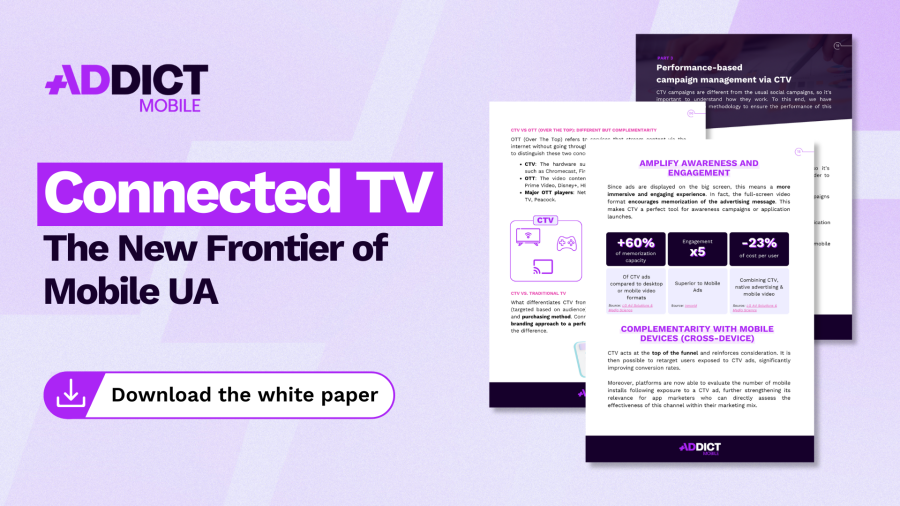Cheat Sheet #1: All You Need to Know for High-Performing Meta Campaigns
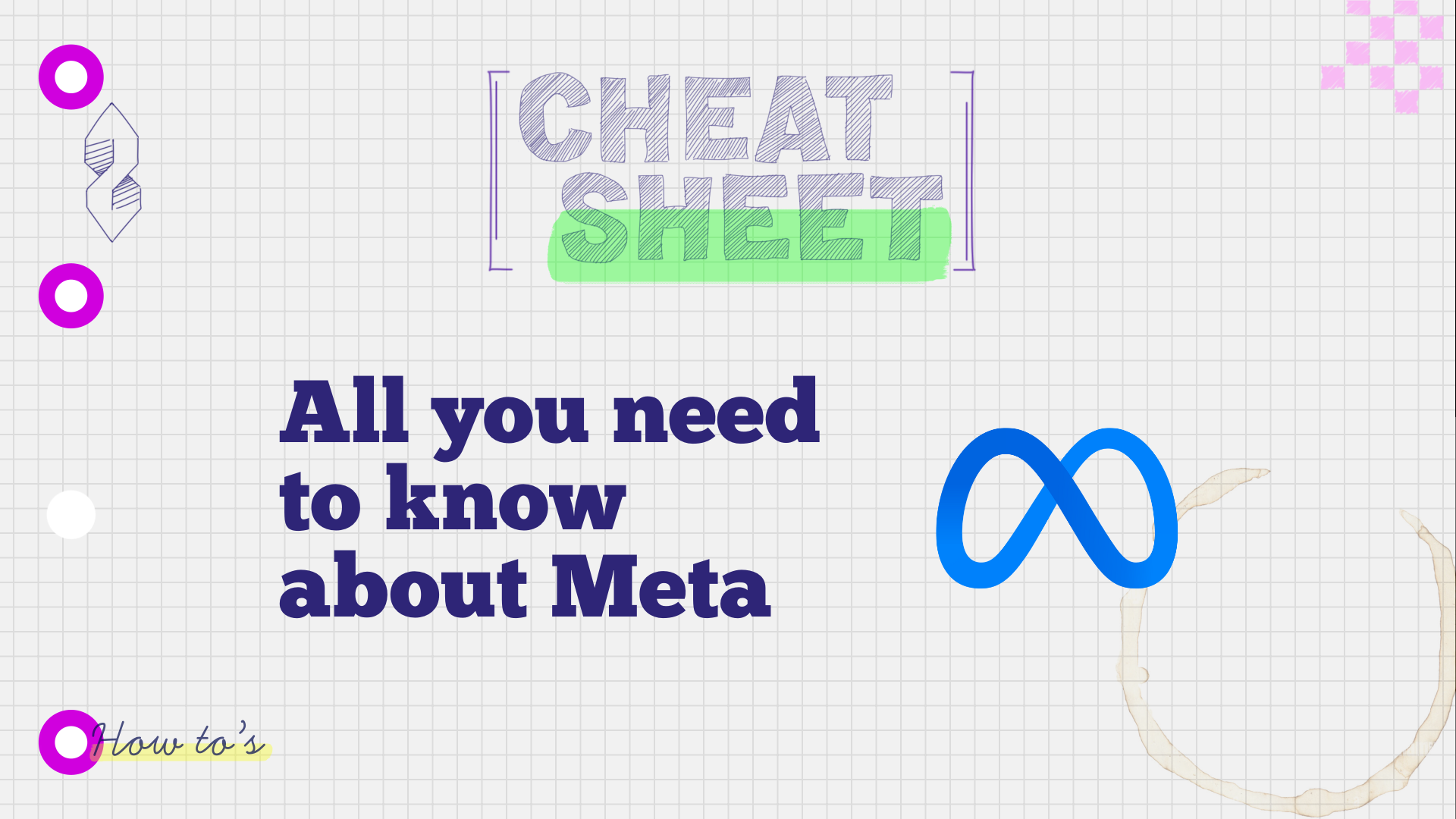
Meta campaigns are a must-have for mobile user acquisition. But with algorithms, bidding strategies, audience targeting, and creative optimization, it’s easy to get lost.
This Cheat Sheet covers the essentials to structure efficient campaigns, boost performance, and avoid common mistakes.
1. Understanding the Meta Algorithm
Meta’s algorithm is a powerful system that decides which ads to show, to whom, and when. It relies on three key components:
User data
The algorithm analyzes user behavior (clicks, interactions, interests) to understand what captures each user’s attention.
Biddding
Every ad competes in an auction. The winner is selected based on bid amount, ad relevance, and the likelihood of user engagement.
Learning and optimization
The longer a campaign runs, the more the algorithm learns and optimizes delivery to drive conversions. Changing parameters too early can break the learning phase and hurt performance.
Insight: The algorithm needs both time and volume to optimize properly. Avoid rushing to conclusions and let campaigns run long enough before making adjustments.
2. Mastering Optimization Strategies for Meta Campaigns
The next step is structuring your campaign delivery. Audience targeting, bidding, campaign types, and ad formats all play a key role in profitability and scaling.
Finding the right audience
Targeting directly impacts campaign performance. Meta offers several options:
- Advantage+ Audience: Meta takes full control of targeting and identifies the most relevant users based on behavioral signals (browsing history, engagement, purchase behavior).
- Lookalike Audiences: Perfect for scaling an existing audience by targeting users similar to those who have already converted (buyers, subscribers, engaged visitors, etc.).
- Ciblage par centres d’intérêt: Allows you to reach users based on their behavior and interests on Meta. Less powerful than lookalikes but useful for testing alternative audiences.
Insight: Advantage+ Audience is often the best starting point for a campaign—especially on iOS, where data is more limited. If performance isn’t there, testing a Lookalike or interest-based audience can be a smart alternative.
Choosing the Best Bidding Strategy
Meta offers several bidding strategies, each with a direct impact on delivery and campaign profitability:
- Lowest Cost: The algorithm aims to generate the highest volume of actions without any cost constraints.
- Bid Cap: Sets a maximum bid per action to control costs, but may limit delivery if the bid is too low.
- Cost Cap: Keeps the average cost per action below a defined threshold while offering more flexibility than Bid Cap.
Insight: Lowest Cost is often the best option for maximizing delivery. Bid Cap and Cost Cap can help control costs, but may restrict reach if the cap is set too low.
Beyond bidding, conversion optimization type also plays a critical role in campaign profitability. If your goal is ROAS, testing value optimization alongside purchase optimization can help identify the most profitable users. Value optimization targets users with high purchase potential based on past behavior and predicted value.
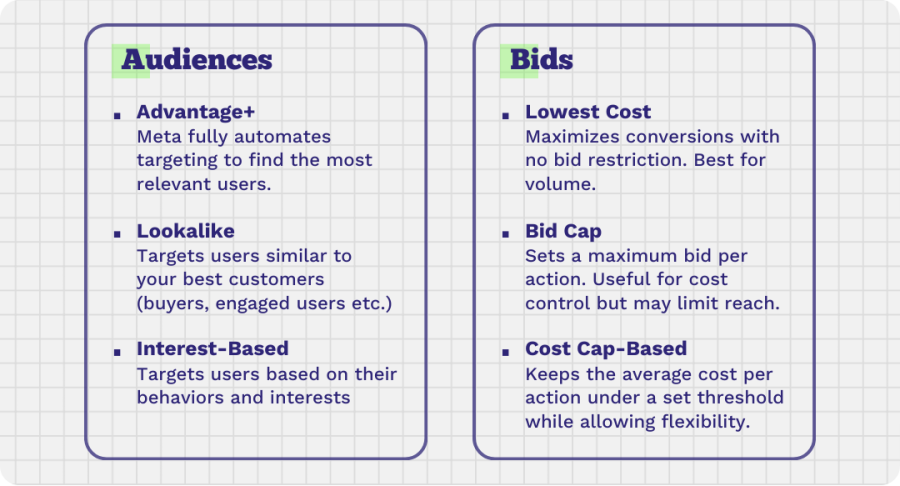
Choosing the Right Campaign Type
Meta offers a single campaign type for mobile apps:
App Install Campaigns.
These are designed to drive app installs and include three optimization strategies:
- MAI (Mobile App Installs): Focuses on maximizing the number of installs, regardless of user quality.
- AEO (App Event Optimization): Targets users most likely to complete a post-install event (purchase, registration, etc.).
- VO (Value Optimization): Focuses on high-value users based on past behavior and predicted in-app spend.
Insight: For hybrid clients (web + app), a Sales campaign can be a good alternative. Meta automatically redirects users to the app or website depending on their browsing habits and preferences.
Using the Right Ad Placements
Meta offers a wide range of ad placements:
- Feed (Facebook, Instagram): A classic and effective option for static and video formats.
- Stories & Reels: Immersive vertical formats, great for grabbing attention quickly.
- Audience Network: Delivers ads outside of Meta, in partner apps. Often cheaper, but with variable performance.
- In-Stream Video & Search Ads: Less common placements, but can be relevant depending on your campaign goals.
Insight: Automatic placements are often the best choice to maximize delivery, letting the algorithm allocate budget to the most efficient inventory. But not all placements perform equally, analyzing performance by creative and placement helps identify the most profitable options and fine-tune your strategy.
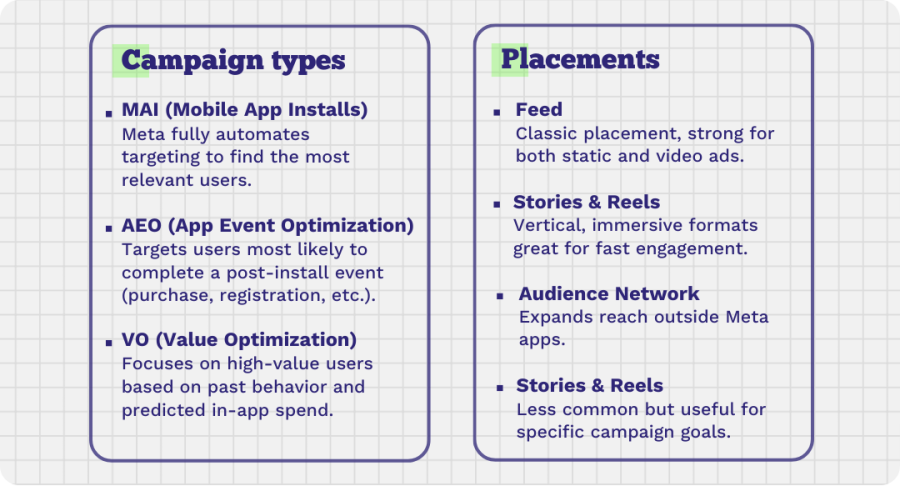
Understanding Conversion Tracking
iOS
With App Tracking Transparency (ATT), conversion tracking on iOS is limited. Meta uses two complementary solutions to maintain campaign measurement:
- SKAN (SKAdNetwork): Apple’s privacy framework for measuring installs without access to user-level data. Attribution is limited, and conversion rules are defined by Apple, reducing post-install visibility.
- AEM (Aggregated Event Measurement): Meta’s alternative, offering more flexibility. AEM tracks and optimizes conversions without IDFA by using signals available within the Meta ecosystem. Unlike SKAN, Meta retains some control over attribution and optimization, providing greater adaptability.
Insight: Running both SKAN and AEM simultaneously is essential to maximize iOS conversion tracking.
Attribution Window
Tweaking the attribution window is also a key lever:
- Short window (1 day) → Targets highly intent-driven users, but reduces the number of attributed conversions.
- Longer window (7 days) → Increases conversion volume but may include less engaged profiles.
3. Mastering Creatives: A Key Performance Driver
A well-structured campaign won’t deliver results if the creatives don’t grab attention or drive engagement. Choosing the right ad formats and applying creative best practices are essential to maximize engagement and conversion rates.
Diversifying Ad Formats
Meta offers several formats tailored to different objectives:
- Static Images: Simple and effective, they remain a strong performer depending on the audience.
- Videos: A highly engaging format that captures attention and often drives better conversions.
- Carousels: Great for showcasing multiple products or value propositions in a single ad.
- DPA (Dynamic Product Ads): Uses a product catalog to display dynamic ads, automatically updated based on stock and pricing.
Inisight: Don’t underestimate any format, each one has its role depending on the strategy. Static images, for instance, can still deliver surprisingly strong results. For retailers, DPAs are a must for retargeting users who’ve already shown interest in a product.
Knowing the Best Practices
- Producing creatives in the right formats
Adapting creative formats (9:16, 4:5, 1:1, 16:9) is essential to ensure optimal delivery across all placements (Facebook, Instagram, Messenger, Audience Network).
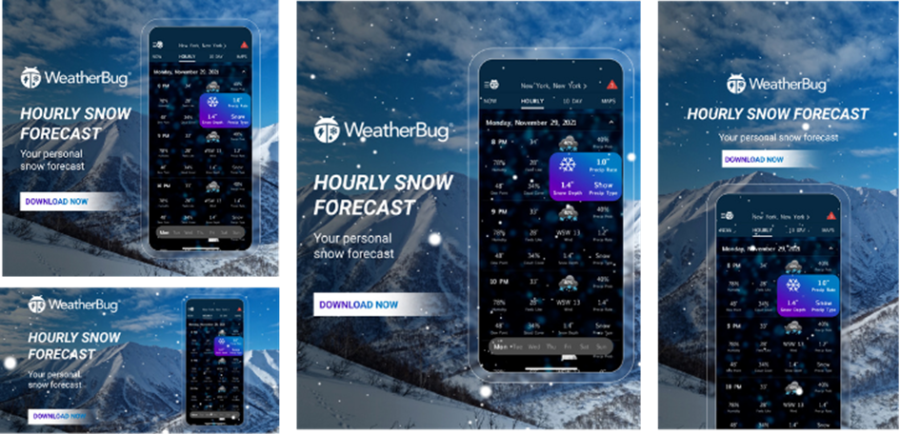
- Testing creatives on Android before iOS
Android offers more detailed creative performance data, making it the ideal environment to test visuals before launching them on iOS, where visibility is more limited.
- Using Custom Product Pages (CPP) on iOS
CPPs let you redirect users to a specific App Store page based on the ad content they clicked, boosting conversion rates.
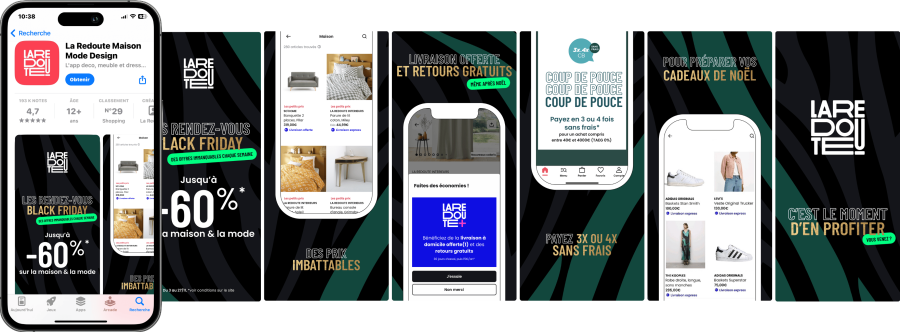
- Optimized mobile video
Focus on short, engaging videos that include music, subtitles, and follow trending styles (UGC, immersive storytelling).
- High-impact static creatives
Cut out unnecessary visual clutter to highlight the value proposition more clearly.
- Performance analysis
Tracking hook rate and hold rate by creative and platform helps identify what truly captures attention and informs future production choices
Conclusion
Launching a campaign on Meta is one thing. Making it perform is another. Understanding the algorithm, fine-tuning targeting, adjusting bids, and testing creatives are all essential steps, but real performance comes from continuous analysis and iteration.
Test, analyze, and adapt constantly to identify the most effective levers and refine your strategy based on results.
NEWS
Article in relation
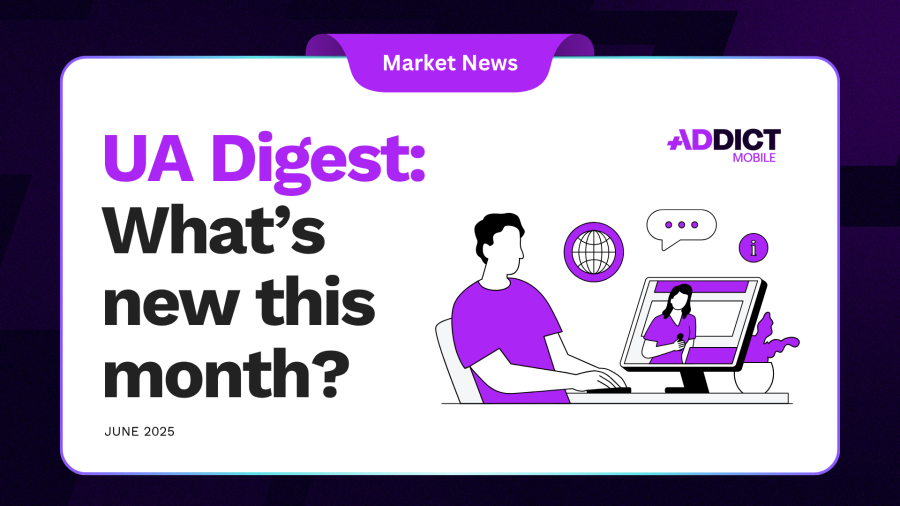
UA Digest #8: What’s new this month?
Discover our User Acquisition Digest, your monthly update on the latest trends and news in mobile marketing and user acquisition! AdAttributionKit takes a...
Published on 20 June 2025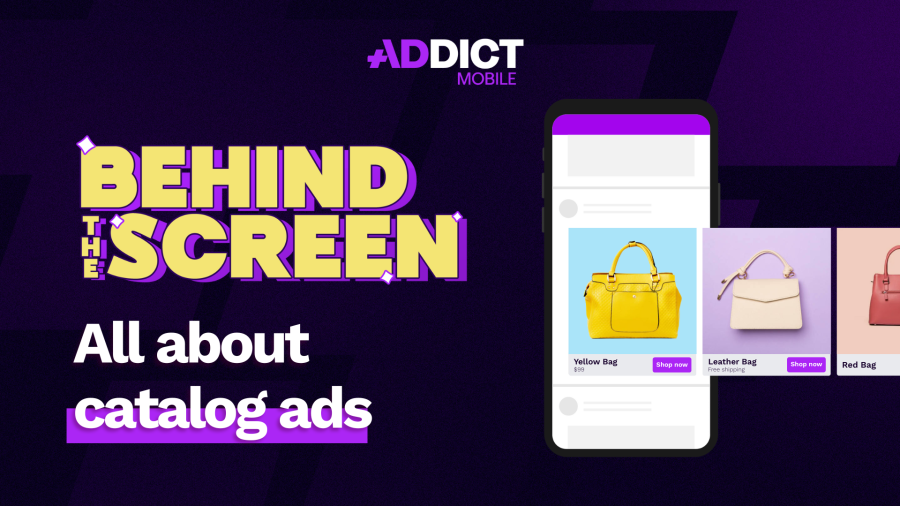
BTS #2 : Reducing Acquisition Costs with Catalog…
In the e-commerce world, where ad fatigue can strike with every scroll, catalog ads are a powerful yet often underused lever. By automatically...
Published on 2 June 2025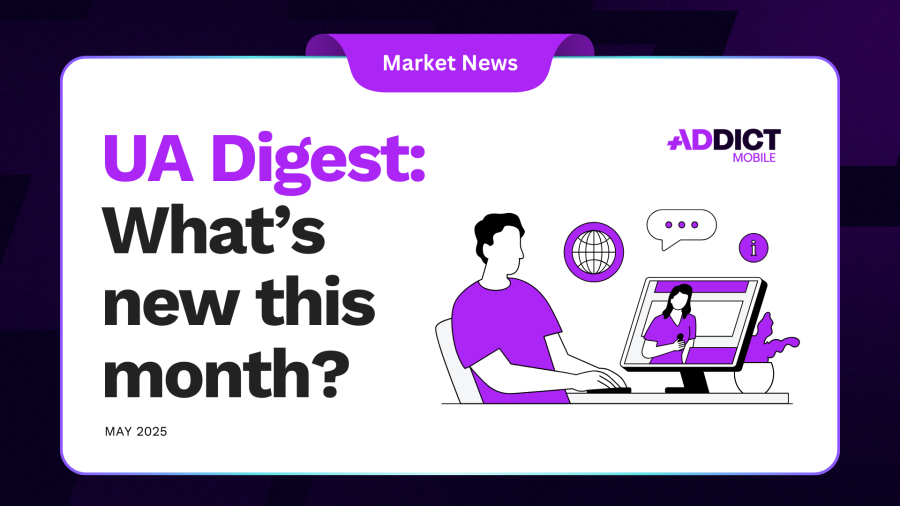
UA Digest #7: What’s new this month?
Discover our User Acquisition Digest, your monthly update on the latest trends and news in mobile marketing and user acquisition! Integrated Conversion...
Published on 23 May 2025


